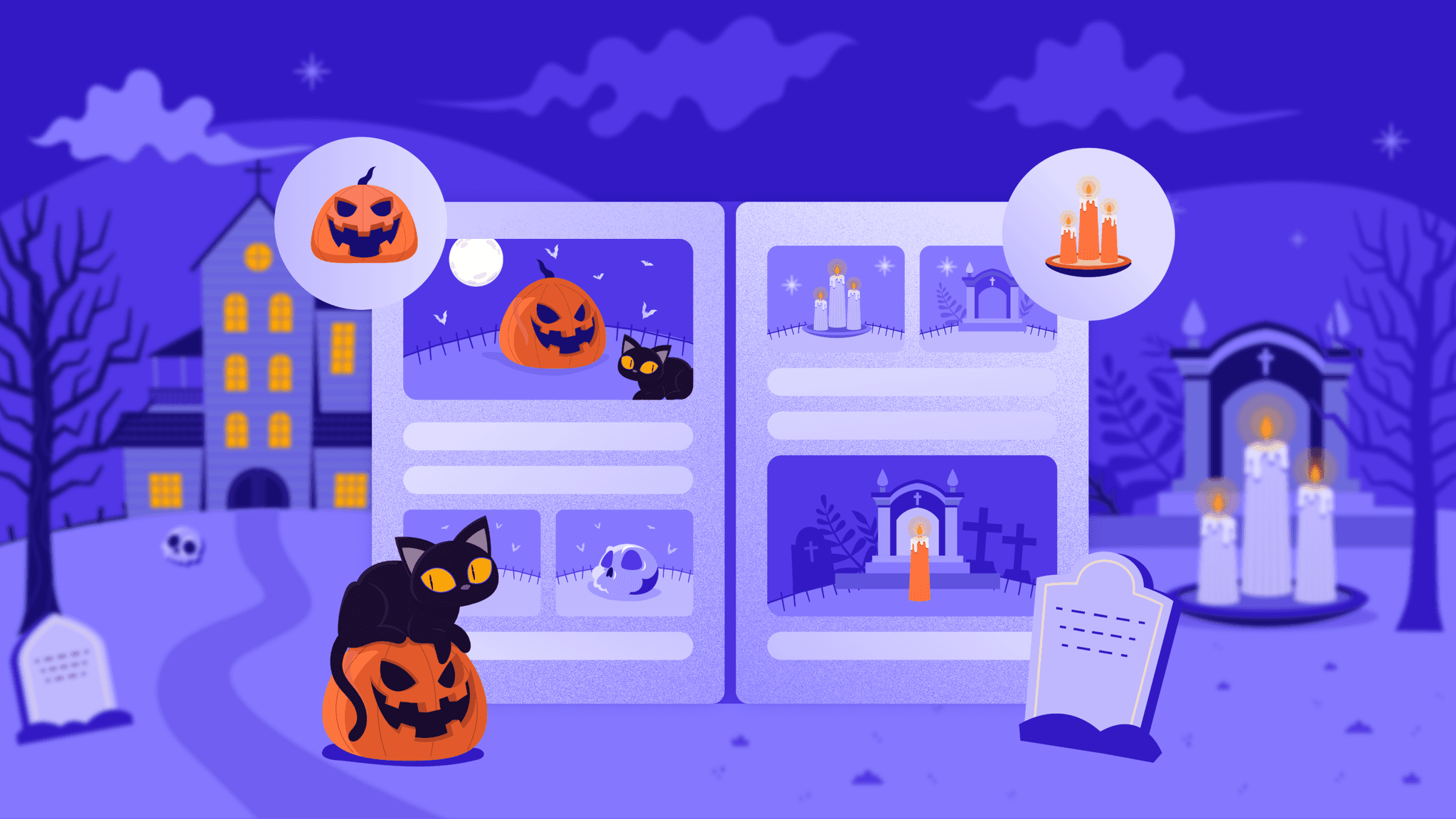This is Halloween, this is Halloween
'Alloween, 'alloween
'Alloween, 'alloween
In this town we call home
Everyone hail to the pumpkin song
How many times did I sing that song as a kid?
Tim Burton’s movie The Nightmare Before Christmas was a Halloween must-watch for me. It just wouldn’t feel like the spooky season without Jack Skellington and his pumpkin-filled world. So, I’m always surprised when I meet someone who hasn’t seen it.
I think, “How is that possible? It’s one of the most popular Halloween movies out there!”

This really shows how different our experiences can be.
Halloween, celebrated on October 31st, has a long history but has become a fun holiday filled with costumes, decorations, and spooky vibes. Yet, how people celebrate can vary a lot from one place to another.
Many companies take advantage of Halloween's popularity by incorporating it into their content and promotions. However, this approach can sometimes miss the mark when businesses assume that Halloween is universally embraced, leading to generic content pushes across all markets. However, this strategy can fall flat in regions where Halloween doesn’t resonate as strongly.
Why a one-size-fits-all approach fails
Depending on where you are, October 31st might be known as Halloween or All Hallows' Eve, or it might not be recognized at all.
In countries like the U.S., Canada, and the U.K., Halloween is a big event with costumes and decorations. But in other parts of the world, it’s not celebrated due to cultural or religious reasons, and instead, they have their own traditions.






